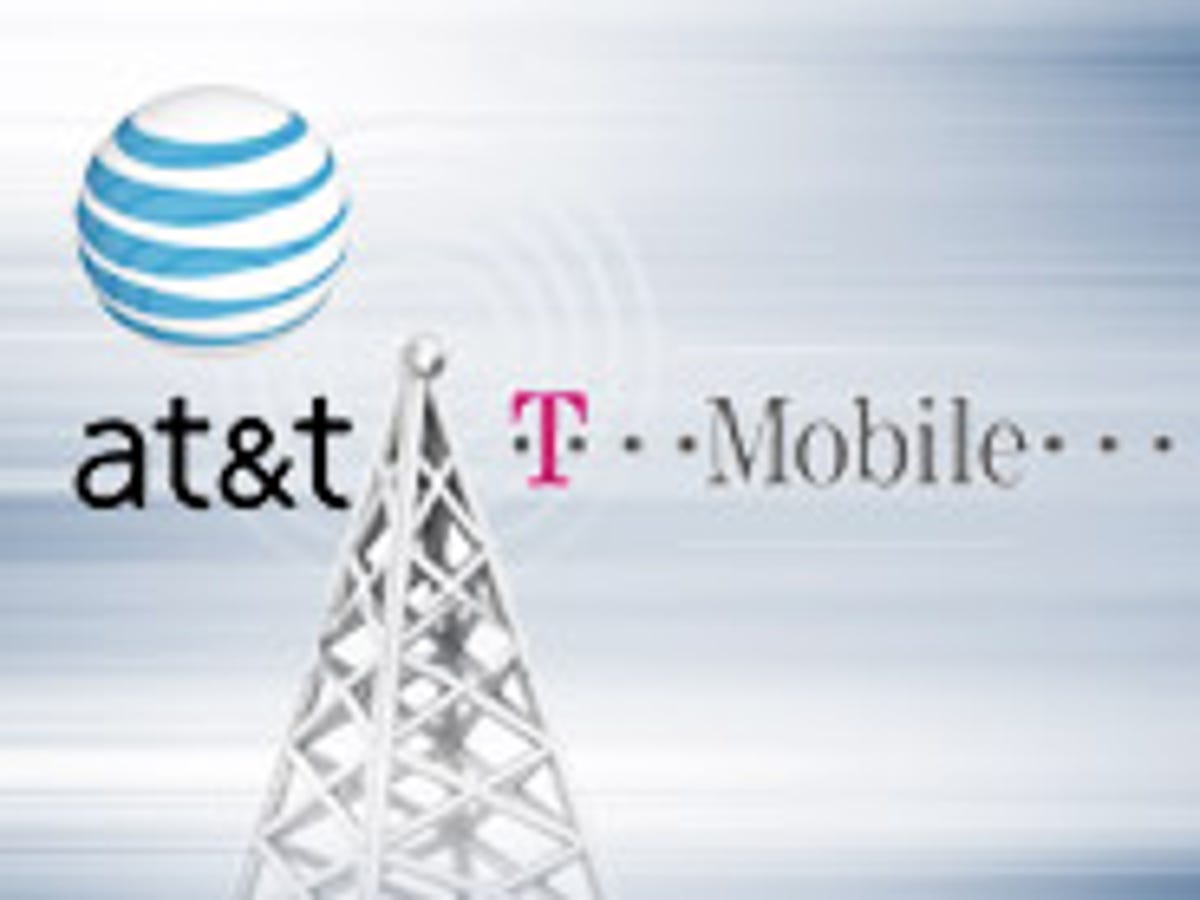On Call runs every two weeks, alternating between answering reader questions and discussing hot topics in the cell phone world.

By now I’m sure that you’re familiar with the arguments against the proposed AT&T-T-Mobile merger. As critics see it, the deal will put too much power in the hands of one carrier (and one GSM carrier, at that), it will reduce customer choice and innovation, and it will lead to higher prices and poorer customer service.
Those all are valid points, but I’m more worried about something that hasn’t received a lot of attention. If this merger goes through, I fear that T-Mobile’s gutsy approach to expanding its smartphone lineup will be killed by AT&T’s stodgier culture. Indeed, over the last year, T-Mobile has greatly outshone its potential partner in both the range and quality of such handsets. AT&T produced slightly more smartphones during that period (21 versus 19), but T-Mobile has taken more risks and its lineup has earned a higher average score from CNET editors (7.7 versus 7.2). I don’t really know where the carrier gets its aggressive spirit, but customers will lose if it disappears.


Josh Miller/CNET
Better phones
Just consider that in the four months since the merger was announced, T-Mobile has continued to pump out one worthy smartphone after another. Not only did we see two CNET Editors’ Choice winners with the LG G2x and the HTC Sensation 4G, but also we had the shutterbug-friendly MyTouch 4G Slide 4G, the wallet-friendly Samsung Exhibit 4G, and the Sidekick 4G, which brought the Sidekick family back to life. That’s lot of handset power in a short time.
Yet, if we go back further to last August, we find even more examples. There were the Galaxy S 4G, Dell Venue Pro, Samsung Nexus S, Motorola Defy, BlackBerry Bold 9780, and MyTouch 4G. Of course, none of these devices was perfect–and the T-Mobile Comet failed to win us over–but all scored well in their CNET reviews and most offered access to T-Mobile’s speedy HSPA+ network. And keep in mind that it took AT&T a lot longer to offer any HSPA+ access of its own.


Sarah Tew/CNET
What’s more, most of these T-Mobile phones had a unique element, even if it was small. One brought stock Android, one offered quality Dell hardware to a major carrier (I don’t count AT&T’s awful Dell Aero), and one packed smartphone features in a durable design. In comparison, AT&T has relied too much on the iPhone to hold up its smartphone family. Granted, Apple’s device has brought the carrier unparalleled success, but that’s come at the expense of other smartphone operating systems. Outside of the Motorola Atrix and AT&T’s slightly better record with Windows Phone 7 devices (we prefer the Samsung Focus), the carrier didn’t blow us away during the same period. On the upside, it had the HTC HD7S (a close relative of T-Mobile’s HD7), the HTC Inspire 4G, the BlackBerry Torch 9800 (RIM’s first handset with OS 6), and the Samsung Infuse, but it also saddled us with the Motorola Flipout, HP Veer, and Sony Ericsson Vivaz.
Related links
AT&T and T-Mobile: Good for whom?
Despite looming buyout, T-Mobile powers on
Not always the case
It’s interesting, though, that T-Mobile hasn’t always taken such risks. Quite the contrary, actually. For much of the carrier’s early life, its device lineup was decidedly unimpressive and it took a long time to deploy 3G. Sure, it had its unique Sidekick series and a fair selection of BlackBerry and Windows Mobile smartphones, but most of its handsets were functional and relatively unremarkable. But then, as the iPhone blew into AT&T, T-Mobile responded with alternatives. It introduced the first Android phone just over a year later, and after a selection of duds (hello, Samsung Behold II), it showed its carrier rivals exactly what Android could do. AT&T, meanwhile, waited until March 2010 to jump on the Android train with the awkward Motorola Backflip. The carrier was late to Google’s OS and it still shows.


CNET
T-Mobile also had a leading role in making HTC a handset player in the United States. Its earliest HTC handsets like the MDA and SDA would be beyond clunky by today’s standards, but they offered something new when they debuted in 2006. Cingular also dabbled in HTC at the time with the 2125 and related handsets, but T-Mobile grabbed HTC and ran with it. The carrier offered a Motorola Q alternative that same year with the Dash and quickly followed with the Wing, Shadow, Dash 3G, and eventually the G1. If T-Mobile hadn’t invested in HTC so heavily, perhaps another carrier would have. But I suspect that we’d be missing out on some excellent devices today.
Keep it coming
I’m not saying AT&T has a poor smartphone lineup. In fact, the carrier offers a lot to like. But when compared with T-Mobile, its lineup over the last year is less innovative, offers less choice, and is, frankly, much safer. Yes, it has the iPhone, but Apple’s device is just one handset in a crowded field. It doesn’t automatically trump every other smartphone on the market and there are many people who won’t even consider it. For those people and everyone else, T-Mobile is doing a better job. I don’t know where T-Mobile gets its focus, but it’s made the carrier a smartphone leader. And if the merger goes through, I’m concerned we’ll see its position disappear.



